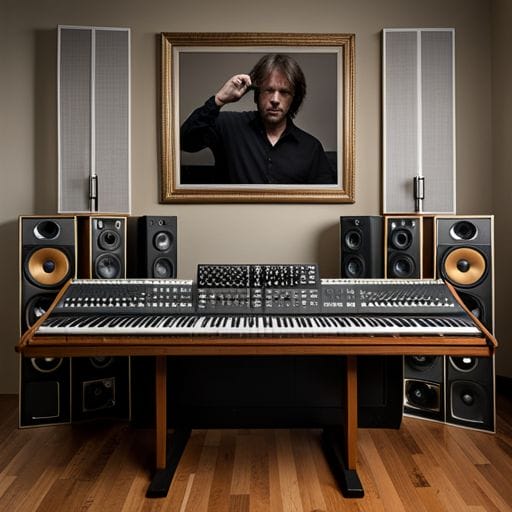Sound Design: How to Make Unique Synth Sounds From Scratch

What are some techniques to layer and texture synth sounds for a more unique sound design?
In the wonderful world of music and sound design, synthesizers are an incredibly versatile instrument. They have the ability to create truly unique sounds that range from the mysterious and ethereal to the euphoric and pulsating. Learning to create your own synth sounds from scratch opens a new realm of possibilities for your music. This guide will walk you through the basics and get you started on your path to mastering sound design.
Understanding the Basics
A synthesizer creates sounds by combining different waves—sine, square, triangle, and sawtooth. Each wave has a unique timbre or character which can be manipulated through filters, envelopes, and modulation to create various synth sounds. Understanding these elements is your first step towards sound design.
Waves
Sine waves form the foundation of most sounds, producing a pure tone without harmonics. They’re ideal for bass sounds and simple melodic content. Square waves, with their hollow timber, are commonly used to produce brass-like sounds. Triangle waves produce a more mellow sound, while sawtooth waves cut through mixes with their bright, buzzy sound. Some complex waveforms combine multiple waves for added character.
Filters
They help shape the timbre by eliminating or enhancing certain frequencies. A low-pass filter keeps low frequencies and cuts out the high frequencies, whereas a high-pass filter does the opposite. Band-pass filters allow only certain frequencies through.
Envelopes…
Typically consist of four components: Attack, Decay, Sustain, and Release (ADSR). The ADSR envelope affects the amplitude or volume of the sound over time, it can be adjusted to fit each individual sound perfectly, adding dynamic change to the sound.
Modulation…
Most often referring to the LFO (Low Frequency Oscillator), modulation determines whether the volume, pitch, or tone quality of a synth sound changes over time, adding movement and depth to the sound.
Creating Your Own Synth Sounds
The process of creating unique synth sounds involves experimentation with these components. By combining different waveforms, applying filters judiciously, manipulating envelopes and introducing modulation, you can manipulate the basic waveforms to abundantly creative ends.
Step 1: Choose Your Waveforms
The first step is deciding which waveforms will serve as the foundation for your synth. Do you want a harsh and buzzy sound? Start with a sawtooth wave. Looking for something a bit more mellow and subdued? Use a sine or triangle wave.
Step 2: Apply Filters
Next, apply filters to shape your sound further. If you need to tone down harsh frequencies, use a low-pass filter. To add clarity and brightness, add a high-pass filter.
Step 3: Adjust Envelope Settings
Then, manipulate the ADSR settings to adjust the dynamics. The Attack determines how quickly the sound reaches its peak volume. Lower setting makes the sound punchy, whereas a higher setting creates a softer fade-in.
Step 4: Add Modulation
Finally, consider adding modulation to your synth. This can help add movement and complexity to the sound, while also keeping it interesting to the listener’s ear.
In summary, the art of creating unique synth sounds comes down to understanding the basic elements of a synth and manipulating them to achieve the sound you have in mind. It can take time to develop your skills, but the results can be truly rewarding. Happy synthesizing!
